Forecast: In the next 3 hours, the storm will move in the West Northwest direction, at a speed of about 15km/h. Around noon, the afternoon of August 25, the storm will make landfall from Thanh Hoa - North Quang Binh (the storm center is in Nghe An - Ha Tinh).
Warning: Disaster risk level 4 - Very dangerous level
At sea: Very strong winds, big waves and rising water.
-On land: From the night of August 24, the area from Thanh Hoa to Quang Tri will have winds gradually increasing to level 8-10, near the storm center level 11-13, gusting to level 14-15; coastal areas from Quang Ninh to Ninh Binh will have winds gradually increasing to level 6-8, gusting to level 9.
Exceptionally heavy rain, locally over 600-700mm, leading to the risk of widespread flooding, flash floods and landslides.
To ensure safety, respond promptly, evacuate when required and absolutely not be subjective, comply with recommendations, the Department of Dyke Management and Natural Disaster Prevention ( Ministry of Agriculture and Environment ) provides instructions for people on what to do immediately before storm No. 5 makes landfall as follows:
BEFORE THE STORM HIT:
Regularly monitor forecasts, warnings, and updates on storms and heavy rain to proactively prevent and avoid them.
Ensure safety of boats at anchorage, protect fishery cages and rafts; absolutely do not stay on anchored boats, watchtowers, cages, rafts, or aquaculture areas when affected by storms.
Proactively stock up on food, water, medicine, and necessary supplies (for at least 3 days).
Identify the safest shelter for all family members; proactively evacuate when necessary or as required by local authorities.
Reinforce and brace houses; trim tree branches; remove billboards and posters that pose a safety risk; ensure safety of construction sites.
Reinforce barns and farms for raising livestock and poultry; consider moving livestock and poultry to higher ground to avoid flooding.
Harvesting agricultural products, especially crops and aquaculture, is about to begin with the motto "it's better to be green at home than to be old in the fields" to limit damage caused by storms and floods.
Keep valuables high and important documents in a safe place.
Move vehicles to higher ground; beware of flooding in apartment basements.
Beware of rain, floods, and inundation in low-lying areas, urban areas, and flash floods and landslides in mountainous areas; beware of rising water in coastal areas and river mouths.
Proactively clear drainage pipes near your home or residential area to create flood escape routes; notify authorities when there are incidents of clogged drainage pipes or deep flooding.
Save emergency phone numbers for use in case of emergency. Comply with the instructions of local authorities.
WHEN THE STORM HIT:
Regularly monitor the developments of storms and heavy rain to proactively prevent and avoid them.
Stay indoors, in a safe shelter (keep doors closed, away from windows and glass areas).
Never go out during a storm, except in an emergency. If you must go out, wear a helmet and bring items such as a flashlight, life jacket, whistle, and phone to contact in case of an accident.
Do not take shelter under trees or electric poles. Beware of lightning and accidents caused by objects thrown by storms.
Proactively turn off the power and lock the throttle to minimize the risk of fire and electric shock in dangerous stormy conditions.
Absolutely do not stay on boats, watchtowers, rafts, or aquaculture areas when a storm hits. Do not return until the storm has passed.
Note that the time when the storm center enters is usually calm for about 30 minutes - 1 hour, then the wind changes direction and becomes strong again.
Beware of rain, floods, and inundation in low-lying areas, urban areas, and flash floods and landslides in mountainous areas; beware of rising water in coastal areas and river mouths.
Save local rescue phone numbers, promptly and accurately inform authorities of location and danger in case of emergency.
Comply with the direction of local authorities. Department of Dyke Management and Disaster Prevention - Ministry of Agriculture and Environment.
LP
Source: https://baothanhhoa.vn/nhung-viec-can-lam-ngay-truoc-khi-bao-so-5-do-bo-259291.htm



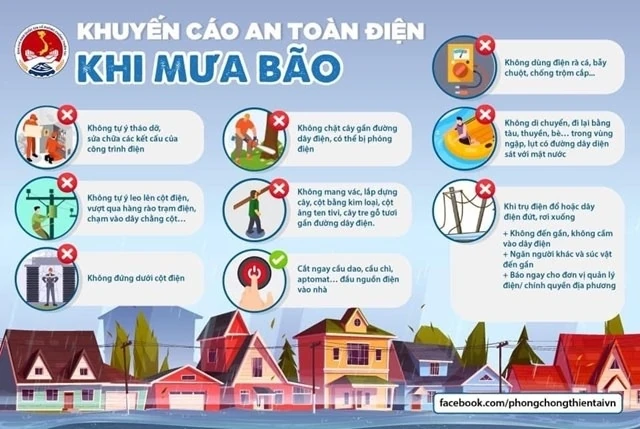






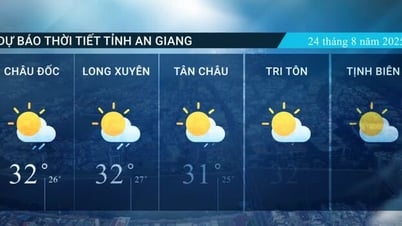

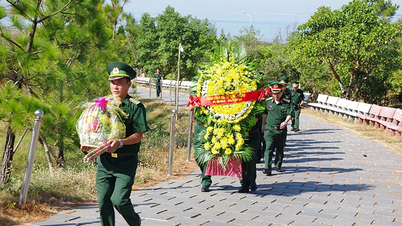

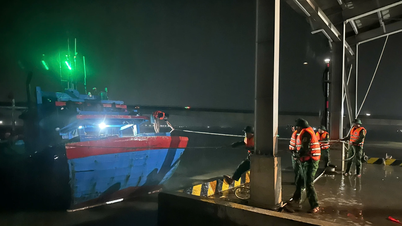









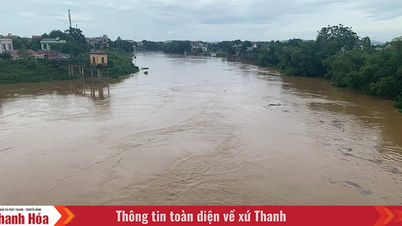

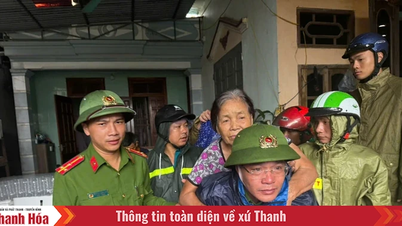
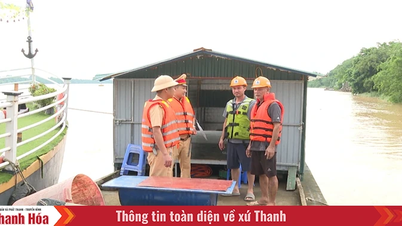
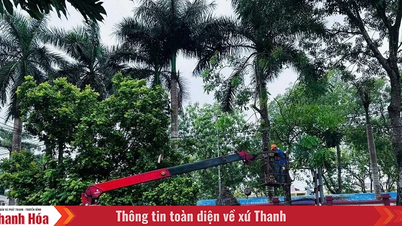
















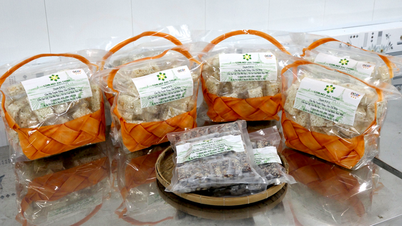











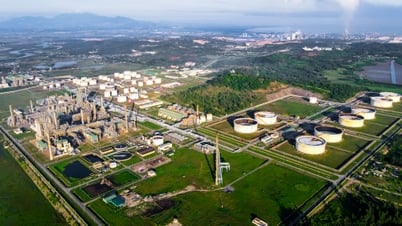




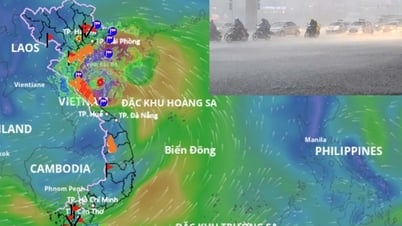





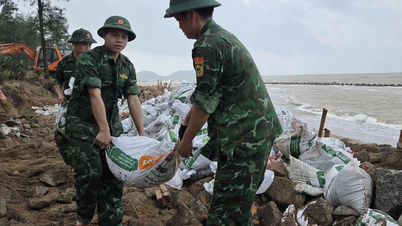








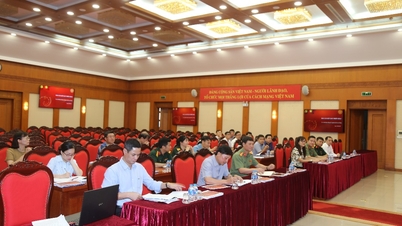









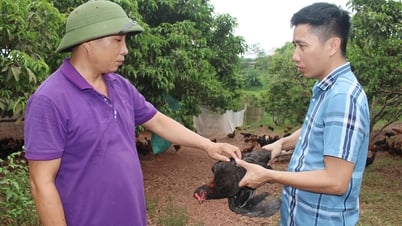



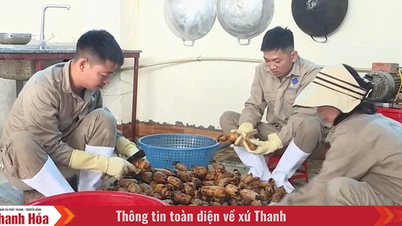
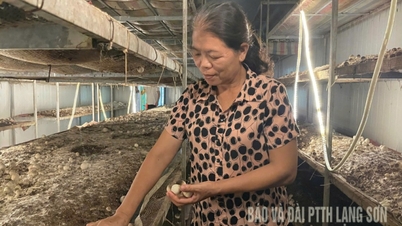






Comment (0)